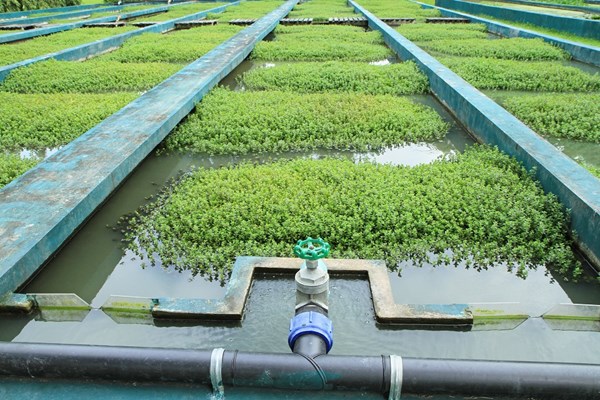Specialized Color and Additive Masterbatches Thwart Counterfeiters
Polyone鈥檚 collaboration with potable water equipment maker fends off pirates.
Within the last decade, we have reported on the advent of anticounterfeiting additive technologies for plastic food, cosmetics, and pharmaceutical packaging; laser-marking additives for automotive components and anticounterfeiting solutions for engineered materials. The evolution of these technologies continues to improve and find new niches for use. Here’s an example brought to our attention by PolyOne Corp., which, through collaboration, proved effective at foiling counterfeiters.
A global manufacturer of water storage, purification, and treatment equipment had a serious challenge with counterfeiters. These ‘pirates’ copied the manufacturer’s random copolymer PP-based products and sold the copies to unsuspecting customers, which not only ate into revenue but also raised the cost of sales and the potential for unjustified product responsibility issues. This also added significant expense to the manufacturers’ bottom line, as it had to defend product failure lawsuits brought by construction companies who had assumed they had purchased genuine equipment. Too, the manufacturer’s reputation was taking a beating.

PolyOne was approached by the manufacturer and was told customers were having a hard time determining which product was genuine and which was pirated. The PolyOne team discovered that the manufacturer was marking its articles with direct or indirect hot-stamp foil and ink methods. These require consumables, frequent tool changes and adjustments, regular quality control checks, and storage of consumables.
The Proposed Solution: The following multiple additives solution bundled in one single Smartbatch concentrate was devised by the PolyOne team: a laser-marking additive, an authentication additive, and colorant. The company’s OnCap laser-marking additive technology made laser marks more visible and indelible to create an overt signal that more easily identified the genuine products in a difficult-to-simulate fashion. Meanwhile, the company’s Percept anticounterfeiting technology created an invisible-to-the-human-eye authentication method to help lower the financial results of fighting court cases, once the cover authentication was revealed. The concentrate also included the required color for the manufacturer’s branding and a UV additive. Essentially, four performance properties were supplied in a single pelleted product.
Testing the Solution: PolyOne identified a local supplier of dependable laser-marking equipment, and ran tests on the machinery so the customer could calculate its output rates and also judge the level of marking contrast.
After the testing, the manufacture incorporated the Smartbatch formulation into its random copolymer PP compound. It enabled the company to defend against counterfeiting in overt and covert ways, and to protect its powerful brand image. Revenue has increased, and the cost to fight lawsuits has sunk.

Related Content
-
Extrusion Excellence: This Year's Top Stories
Revisit the year’s most popular articles on extrusion technology and processes, showcasing innovations, best practices, and the trends that captured the plastics processing community’s attention.
-
New Rotary Die and Cam Lock Design for Tubing
NPE2024: New design enables quick and easy assembly and disassembly of the crosshead, and eliminates the socket head cap screws.
-
Making Gains in the Drain Game
AWD blends extrusion and thermoforming technologies with plenty of home-brewed equipment and processes to keep water away from where it isn’t supposed to be.








